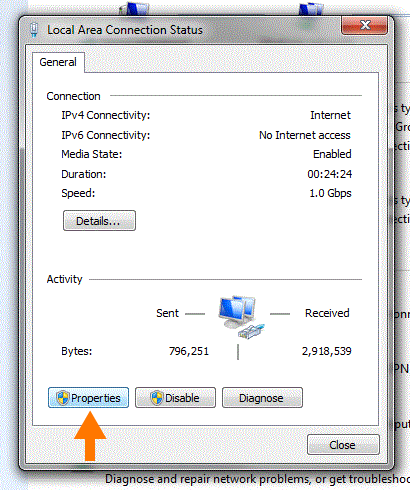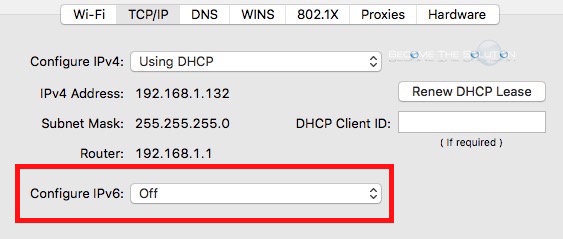

Apple's developer tools have an option to enable or disable some of the CPUs on the system, but you can do this manually by running this command and specifying the number of CPU cores to use. Limits the number of active processors in the system to the set level. Without it, the system sets the memory limit to either the maximum that the hardware can address, or to the amount that is installed. This is another one of those that is likely only useful to programmers. Limits the addressable memory to the specified amount, which in this case is 32GB. To change systems to always boot to a 32-bit kernel, replace the "x86_64" section of the command with "i386." In some instances, third-party kernel extensions might be 32-bit or 64-bit only, which will require booting to the respective kernel type in order to load. This command will change this so the system always boots to the 64-bit kernel. On Snow Leopard system, even though a 64-bit kernel is available, the system boots to the 32-bit one by default. 0x100 - Disable the graphical panic dialog screen.0x80 - Support old versions of gdb on newer systems.

0x40 - Allow the debugger to ARP and route.0x20 - Output diagnostics information to the system log.
HOW TO DISABLE IPV6 ON MAC OS X SERIAL
0x08 - Send kernel debugging information to a serial port.0x04 - Drop into debugger on a nonmaskable interrupt.0x02 - Send kernel debugging output to the console.0x01 - Stop at boot time and wait for the debugger to attach.Alternative debug options are the following, though these will likely only be useful to kernel programmers: The primary use for this is that it enables old-style kernel panics that show scrolled text on the screen about why the system panicked, instead of displaying the gray backdrop and the message to merely restart your system. Another option is to use debug=0x14e, which will display even more logging options. This is a combination of kernel debugging features that will show you extra information about the kernel's processes, which can be exceptionally useful if a system is experiencing kernel panics.

After running this command, when connecting an external monitor, the internal display will be disabled, which can be beneficial in some situations such as those where you are mirroring your desktop but wish to run the external display at a higher resolution than your laptop can run. This reverses the "Clamshell" mode for Apple's laptop systems, where when you close the display but connect the system to an external monitor and keyboard the system will stay awake. These three options are the most common ones that people would use when troubleshooting their systems however, there are a number of others you can use as well:

This command will boot the system into Single User mode without needing to hold Command-S at startup. This command will have the system always boot into Safe Mode. This command will set the system to always boot to Verbose mode, so you do not have to hold Command-V at startup. Apple's machines have a number of hidden boot options that you can use, though do keep in mind that most of these are for troubleshooting purposes and will only be useful to programmers. In addition to keyboard commands at startup, you can use the "nvram" terminal command to set a number of different boot options, which might be useful when troubleshooting your Mac. For instance, a common option is to hold the Shift key to boot to Safe Mode, but you can also hold Command-V for verbose mode (a text output of items as they load), or Command-S for Single User mode, which drops you to the command line as the "root" user so you can perform troubleshooting tasks. When you boot a Mac system you have the option to supply keyboard commands at startup to boot the system to alternate environments.


 0 kommentar(er)
0 kommentar(er)
